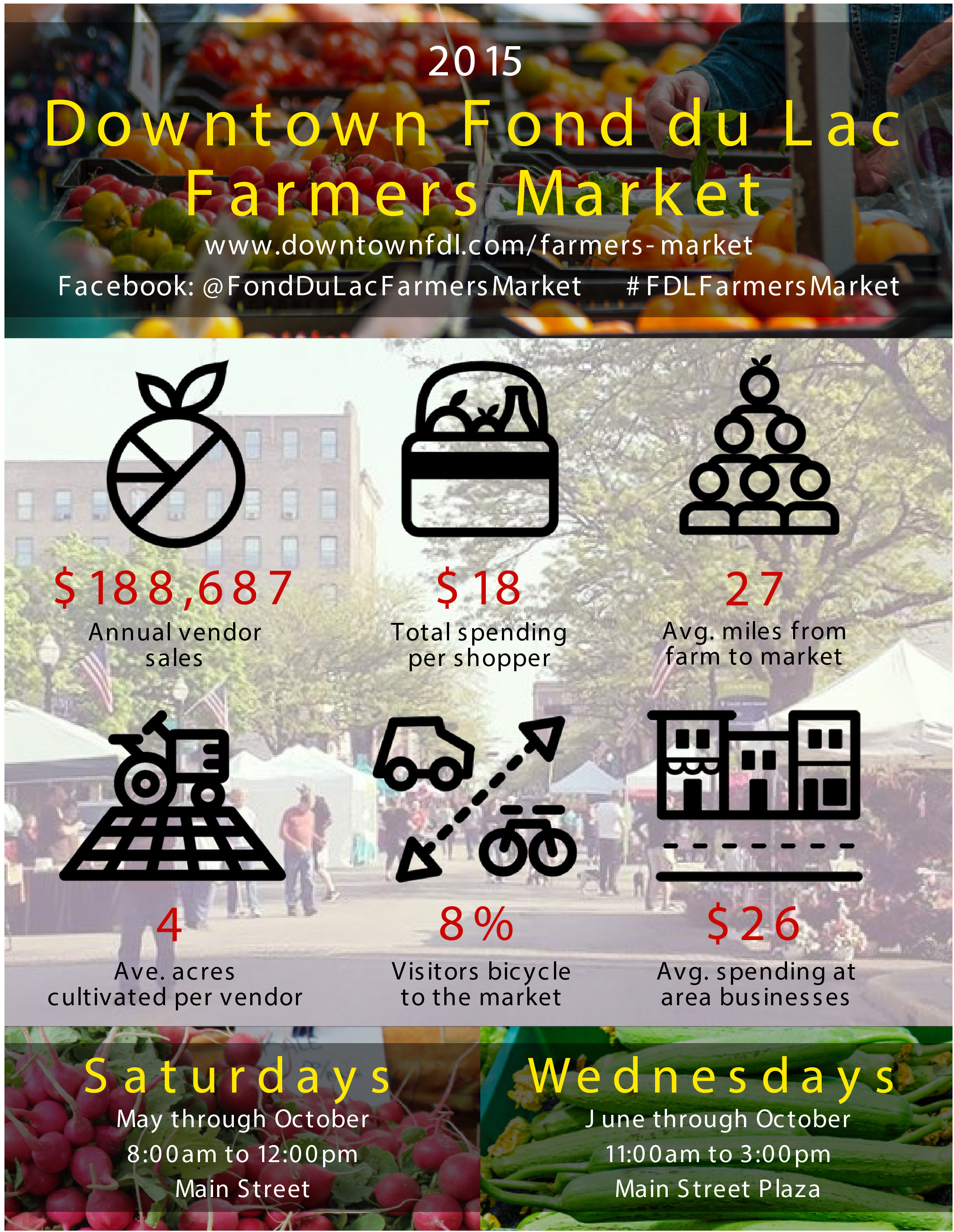
Markets have long played a vital role in connecting local producers to consumers while contributing directly to other goals. However, there are few market-operated, easy-to-use data collection protocols that markets can utilize to collect, measure, and analyze data. As Richard McCarthy put it, “In order to address these measures of balance, markets and their investors must a) identify areas of impact, b) measure these impacts, and c) communicate what these might mean to the communities directly or indirectly affected.”
Furthermore, while USDA data on farmers markets report general trends and estimates; USDA research shows that these figures a) rely on self-reporting, b) have low response rates, and c) take roughly two or more years for published reports and analysis. Market managers need tools and protocols they can act on swiftly to collect and report data and improve their decision-making. Data helps them develop attainable goals and communicate their many contributions to the community and key stakeholders.
For the past three years, F2F has worked extensively with markets across the country to produce the Farm2Facts toolkit. The toolkit aids market managers in understanding their operations, measuring impacts, and supporting internal decision-making using a comprehensive set of tools that is scientifically reliable yet flexible and easy to execute. These tools include: a) instructions for data collection and support managers can use to select metrics, employ data collection practices, and upload data; and b) data analysis and summary reports, infographics and tableau-style figures that automatically generates analysis. Furthermore, F2F provides long and short interpretations of the data to help market managers describe their work.
Farm2facts provides a market profile for managers to understand the relatively stable features of their market, like address, number of vendors, and tax rate. With data collection instructions, managers are able to report on 25 metrics relevant to markets, like sales, distance from farm to market, and market programming. (The metrics list is updated each year as it is a “living” list and is responsive to the reporting needs of USDA grants and the interests of markets.) Once data has been collected, the toolkit provides data analysis and graphically-rich reports to communicate findings and in turn, improve your market.
